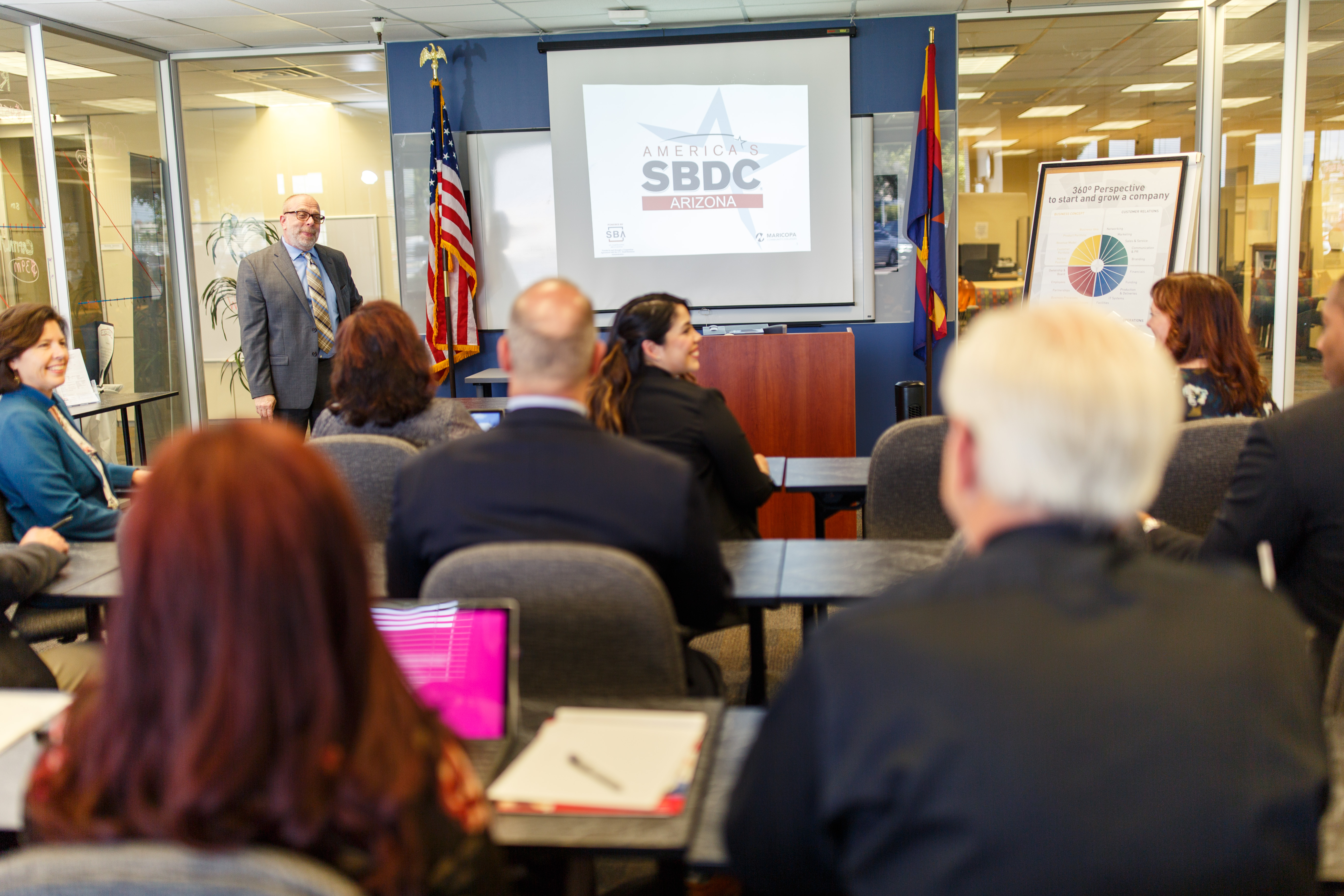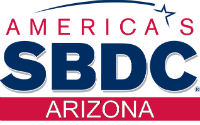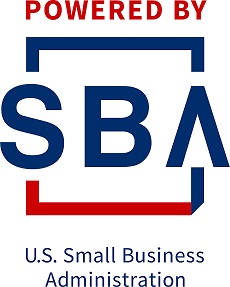WASHINGTON – As the tax filing season approaches, the Internal Revenue Service is reminding taxpayers to start thinking about who will prepare their federal tax return.
In 2017, more than 132 million individual and family tax returns were e-filed, the most accurate, safest and easiest way to file. More than 16 million were prepared on a computer and printed or prepared by hand, then mailed.
The IRS stresses that no matter who prepares a federal tax return, by signing the return, the taxpayer becomes legally responsible for the accuracy of all information included.
Free Tax Preparation
Each year, millions of tax returns are prepared for free by taxpayers using IRS Free File or by volunteers at community organization sites nationwide.
IRS Free File lets taxpayers who earned less than $66,000 prepare and e-file a return for free. Go to IRS.gov and click on the ‘File’ tab for options on using commercial tax software. Those who earned more than $66,000 are still eligible for Free File Fillable Forms, the electronic version of IRS paper forms. This more basic Free File option is best for people who are comfortable preparing their own tax returns.
IRS-certified volunteers at thousands of Volunteer Income Tax Assistance and Tax Counseling for the Elderly (VITA and TCE) sites nationwide offer free tax preparation and e-filing. VITA offers free tax return preparation to taxpayers who generally earn $54,000 or less. The TCE program is mainly for people age 60 or older and focuses on tax issues unique to seniors. AARP participates in the TCE program and helps any taxpayer who needs assistance.
- To find the closest VITA site, visit IRS.gov and search the word “VITA.” Or download the IRS2Go app on a smart phone. Site information is also available by calling the IRS at 800-906-9887.
- To locate the nearest AARP Tax-Aide site, visit aarp.org, or call 888-227-7669. There are also VITA and TCE sites that provide bilingual help for taxpayers who have limited English skills.
Many taxpayers pay for tax return preparation. By law, all paid tax preparers must have a Preparer Tax Identification Number, or PTIN. Paid preparers must sign the return and include their PTIN. The IRS offers tips to help taxpayers choose a tax return preparer wisely. The Choosing a Tax Professional page has information about tax preparer credentials and qualifications. The IRS Directory of Federal Tax Return Preparers with Credentials and Select Qualifications can help identify many preparers by type of credential or qualification.
Taxpayers who use paid preparers should still keep copies of their most recent tax returns for their own records. Taxpayers using a software product for the first time may need their Adjusted Gross Income amount from their prior-year return to verify their identity. Taxpayers can learn more about how to verify their identity and electronically sign tax returns at Validating Your Electronically Filed Tax Return.
The IRS urges taxpayers to avoid fly-by-night preparers who may not be available after the due date or base fees on a percentage of the refund.
The IRS also wants taxpayers to be aware of several factors that could affect the timing of their tax refunds next year. By law, the IRS cannot issue refunds on tax returns claiming the Earned Income Tax Credit or the Additional Child Tax Credit before mid-February. Under the change, the IRS must hold the entire refund – even the portion not associated with the EITC and ACTC. This law change, which went into effect in 2017, helps ensure that taxpayers get the refund they are owed by giving the IRS more time to help detect and prevent fraud.
https://www.irs.gov/newsroom/get-ready-for-taxes-choosing-a-tax-return-preparer




